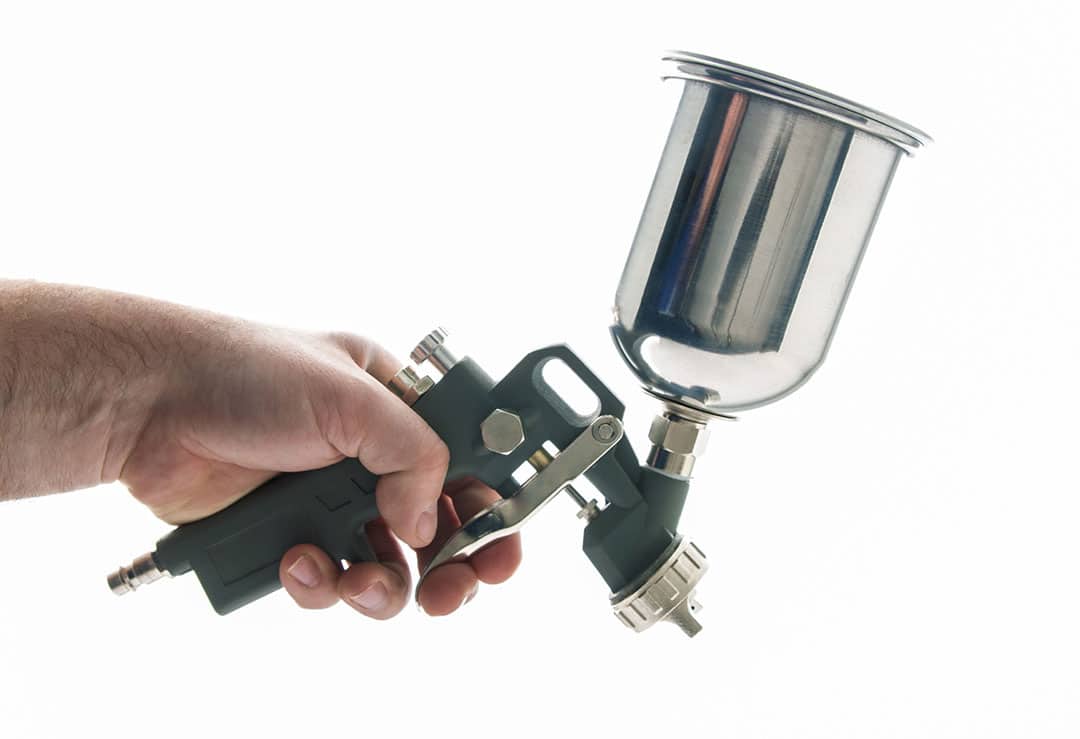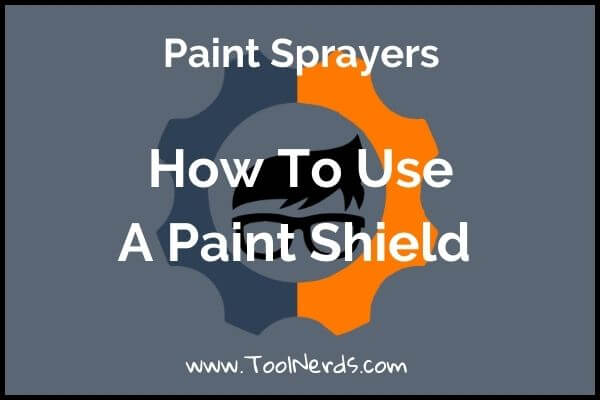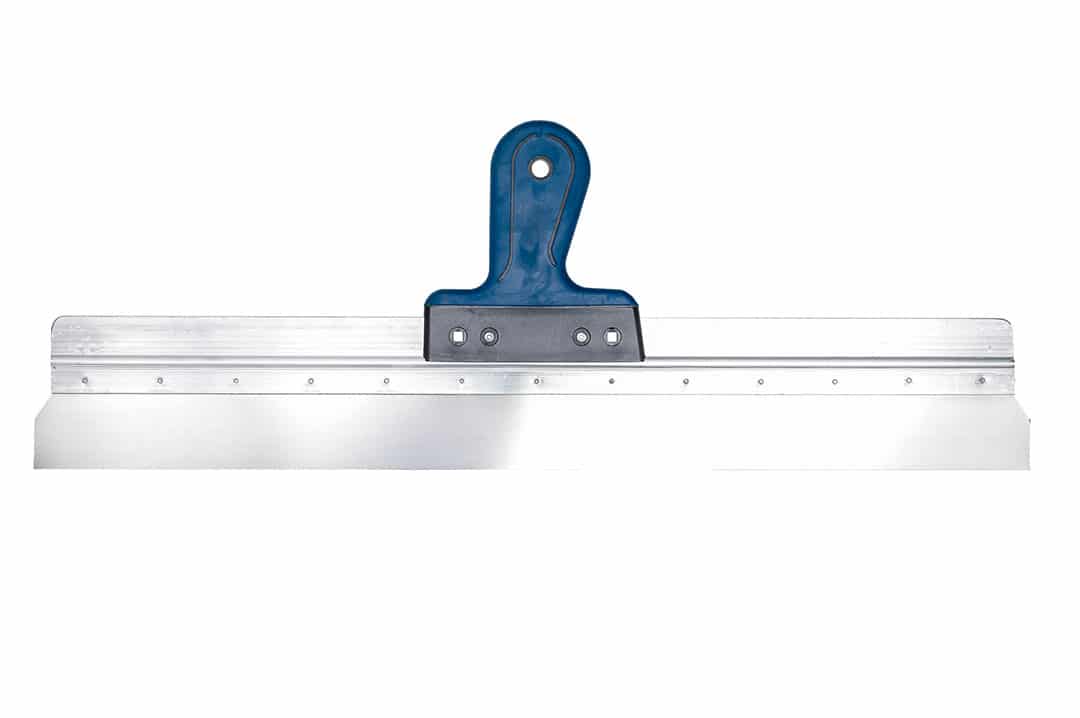What Is a Paint Shield?
Paint Shield vs Tape?
What To Look For in a Paint Shield
You could make your own paint shield system, but to be honest, by the time you’ve researched designs and located the materials in your workshop, it’s smarter and faster to invest in a ready-made shield.
Plus, manufacturers are constantly innovating gadgets that make using a paint-guide tool an effortless affair.
For example, the Titan Guide Accessory Tool includes a wheeling disk that attaches to an extension pole or a spray gun extension. This is great as it rotates as you go and keeps one of your hands free for other tasks.
Speaking of extension rods, if you don’t own one already then the FUNTECK Universal Spray Guide Kit includes a lengthy pole to prevent you from shooting your hands off when working with a powerful airless sprayer.
If you’re more old school, then a regular rectangular painting shield may be more your style. In which case, make sure it’s lightweight enough that you won’t tire while holding it up but not so light that it moves easily. Also, a reinforced rubber grip will stop it from slipping out of paint-covered hands.
Last but not least, consider the size of your project as this dictates the size of your painting trim guard.
What You Need to Follow This Tutorial
- Paint sprayer.
- Coating.
- Paint shield.
- A buddy (not mandatory but very helpful).
- Extension pole.
- Cloth.
- Coveralls and protective gear such as goggles and a face mask.
How To Use a Paint Shield to Create a Straight Line
Preparation
Start Spraying

Clean Up













